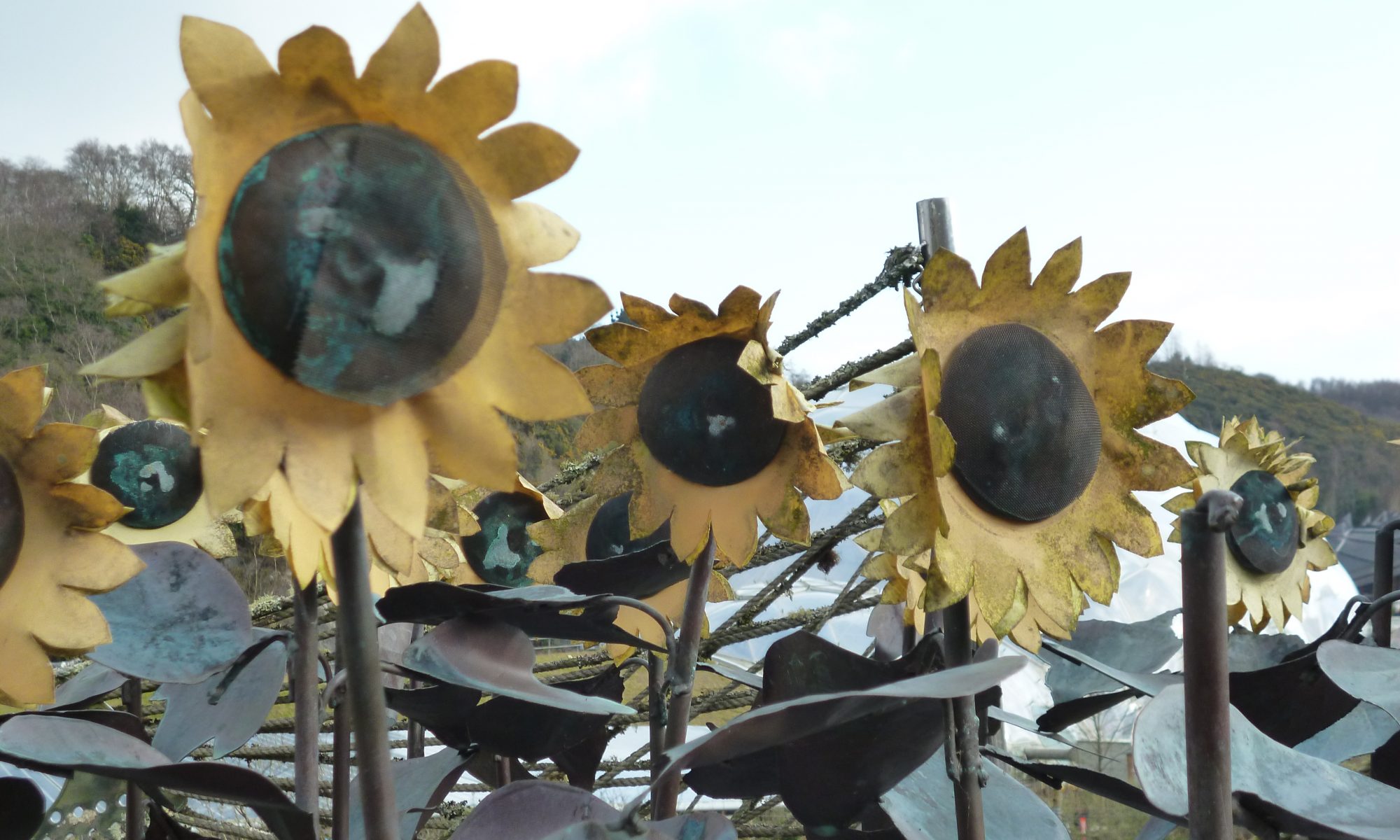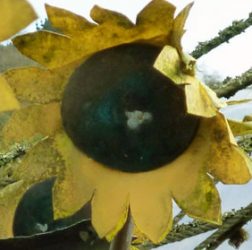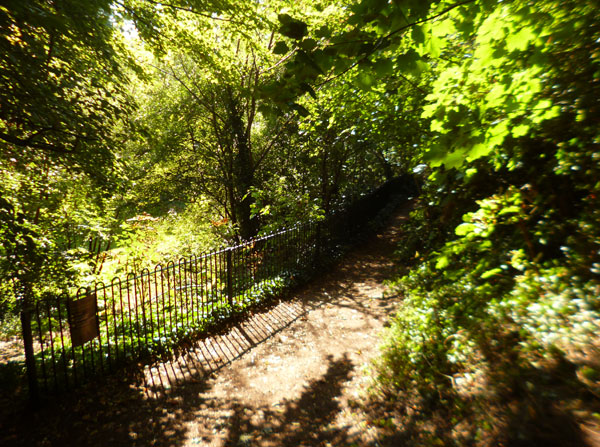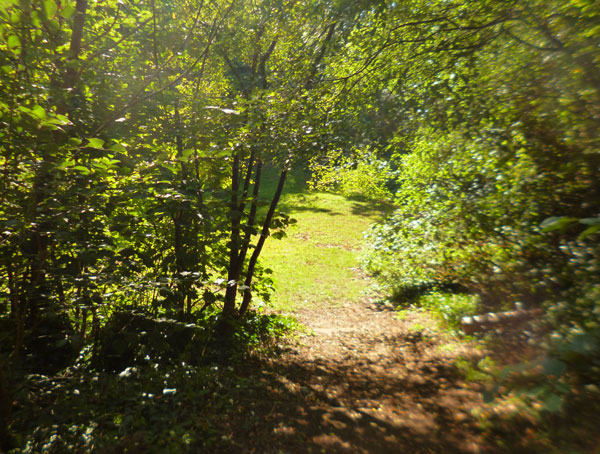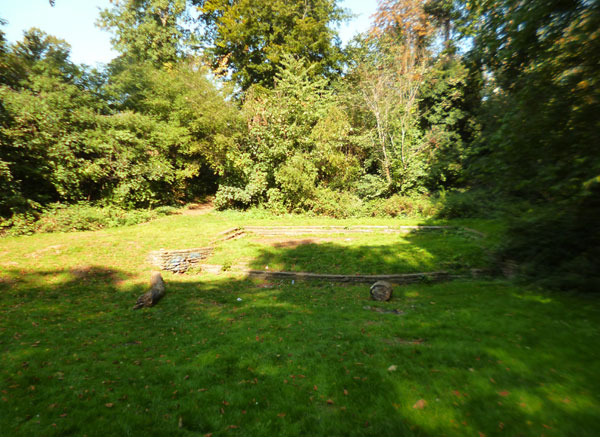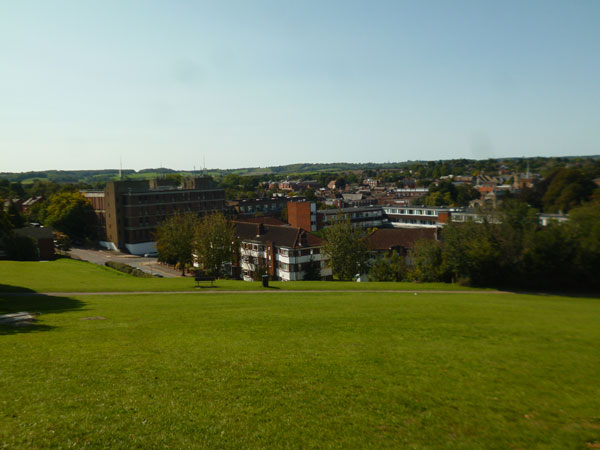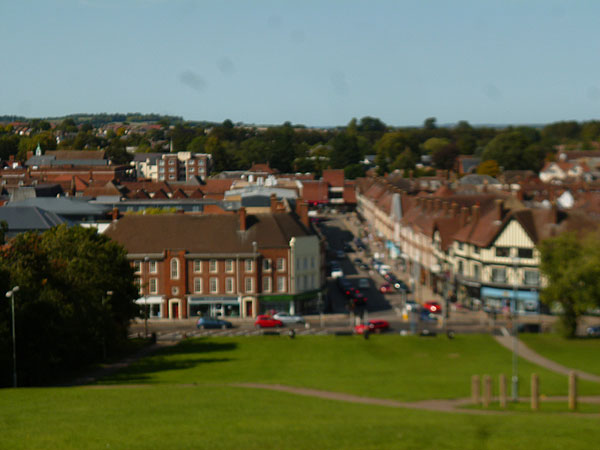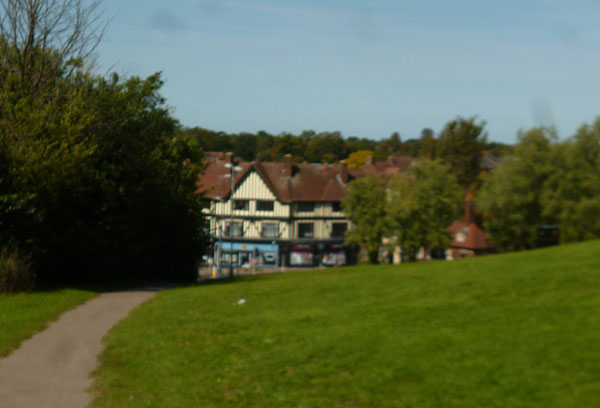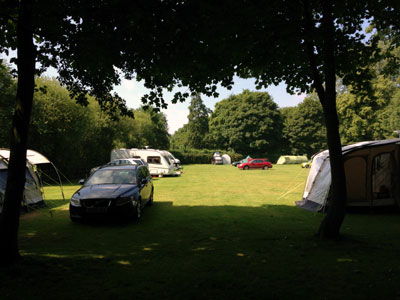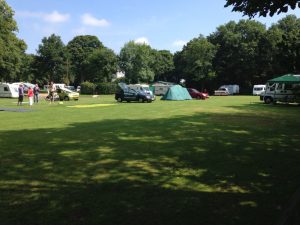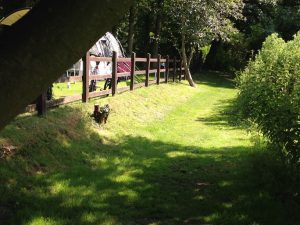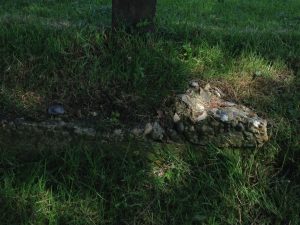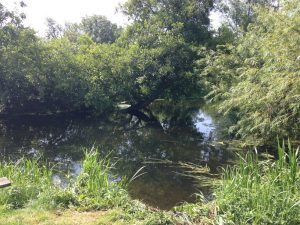If we can’t go to our usual Heritage Open Days destination then it will just have to come to us…
For at least the last five years, if not longer, we have spent this weekend just gone in Norwich. It is an important highlight of our year. We have booked campsites, stayed in hotels and made one-day dashes up and down the A11 in order to be in one of our favourite cities for two of our favourite events. Those are the annual Norwich Print Fair at St Margaret’s Church, and the Heritage Open Days festival. In 2019 we booked a stay in the visitor accommodation at the University of East Anglia, where we first met as teenagers, and we wandered misty-eyed at dusk around campus scaring rabbits and marvelling at how we hadn’t done this for nearly 30 years and how it simultaneously didn’t seem that long and yet really was an impossibly long time ago.
We made several reverent pilgrimages in these years to the John Jarrold Print Museum, which to our great regret no longer exists in the form we knew, after the land was sold from under it for development. And who honestly knows whether we will be visiting again? (We certainly do hope that the trustees’ persistence pays off and that the working elements might one day be restored.) We toured the Great Hospital (much to be recommended, especially the Eagle Ward time capsule) and went inside the Colman headquarters to see the remains of Carrow Abbey which lie alongside the (I think now former) home of the international condiment empire. We’ve been for Shardlake-inspired guided tours around Kett’s Heights and retraced the path of the eponymous rebel leader and his peasant army down from Mousehold and across Bishop’s Bridge into Tombland. We went inside the old Cathedral library, into the chilly storerooms at the East Anglian Film Archive, strolled around the Bishop’s Garden and enjoyed free visits to Strangers’ Hall and the Museum of Norwich, where we were taken for a guided tour of the undercroft and saw the Jacquard loom in action, making the building shake. We’ve been to the National Trust’s textile conservation studio and browsed South Asian arts and crafts inside the Old Skating Rink, now home to the South Asia Collection and something that every visitor to Norwich should see. We have been on walking tours north of the river, visited the site of Julian of Norwich’s cell, descended into the bowels of St Andrew’s and Blackfriars Halls, been inside St John Maddermarket and the lovely St Augustine’s (we have failed, year after year, to see inside the third CCT church, St Laurence despite its location right next door to the Print Fair). And I won’t swear that is absolutely everything.
We have returned laden with printmaking supplies and equipment, printing inspiration and a better understanding of techniques, having seen the work of artists that start to feel like friends after you meet them year after year. So you may imagine, dear reader, that while there are many serious inconveniences of COVID-19 that outstrip having to cancel a bit of sightseeing, we were still a little mournful about the facts that 1) every ounce of common sense and prudence dictated that we ought to stay away this year, 2) the print show was cancelled and 3) that Heritage Open Days was likely to be a shadow of its usual self.
Therefore, if we can’t go to Norwich, Norwich will have to come to us.
We are lucky to live in Hitchin, a market town in north Hertfordshire with a great deal of history and heritage, its former wealth founded on wool and with the requisite bloody great big parish church and market place to prove it. It has in the past thrown open many usually-closed doors for the HODS event. So we designed our own itinerary to shadow some of the events that we might have taken part in had we been able to travel. Here they are.
Do some printmaking
We are members of the British Printing Society’s Publishing Group and usually take part in its bimonthly challenge. Here is some work we did in mid-September:
Explore our local version of Kett’s Heights
Windmill Hill isn’t quite so high, or quite so remote, and it doesn’t have Mousehold Heath as a hinterland. But it does have a semi-secret outdoor theatre which our local amateur dramatic society would love to get back into action.
Visit the North Herts museum
The district has a relatively new museum, replacing two older town museums that had definitely got to the point of needing a revamp. The process of setting up this museum was immensely bitter, fraught and problematic, so much so that it took about six years to sort out, created ill feeling throughout the district, and generated a string of news stories. As a result, we didn’t visit, preferring to just steer clear until everything was sorted out and all the negativity had blown over. Like many other things affected by COVID restrictions, we were prompted to revisit our attitude to this. Before March we would routinely drive around the country to visit museums – on one memorable occasion making an eight-hour round trip to Dorset – so why on earth not go to the local one? As a result of infection control measures we had a personal guided tour from a lovely member of staff and learned that it is a gem that is definitely worth a visit.
Go on a churches tour
Very few places in England can compete with Norwich and its reputation for once having a church for every week of the year (and a pub for every day). Positioned as we are on the fringes of East Anglia, we still have access to some marvellous churches, both redundant and in regular use. We decided that, while church touring would be fun, it would add too much to this weekend to be a good idea. But a future church tour is planned. At the moment it will provisionally take in St Faith’s, Kelshall, which is an active parish church; the CCT churches at St Andrew’s Buckland and St John’s Duxford, and also Duxford Chapel. A separate blog post should follow.
And finally… eat pizza and waffles
For people of our age who started out in the city as students the great culinary institutions of Norwich were The Waffle House in St Giles, still standing, and Tombland’s Pizza One, Pancakes Too, sadly late of this parish. The Dominoes Pizza branch at the top of Prince of Wales Road, which catered for many a youthful night out and hurried tourist stop off over the years, is also no more, culled in favour of lesser branches in the suburbs. But this means that any weekend celebrating the Fine City must involve eating pizza and waffles. So we did.
